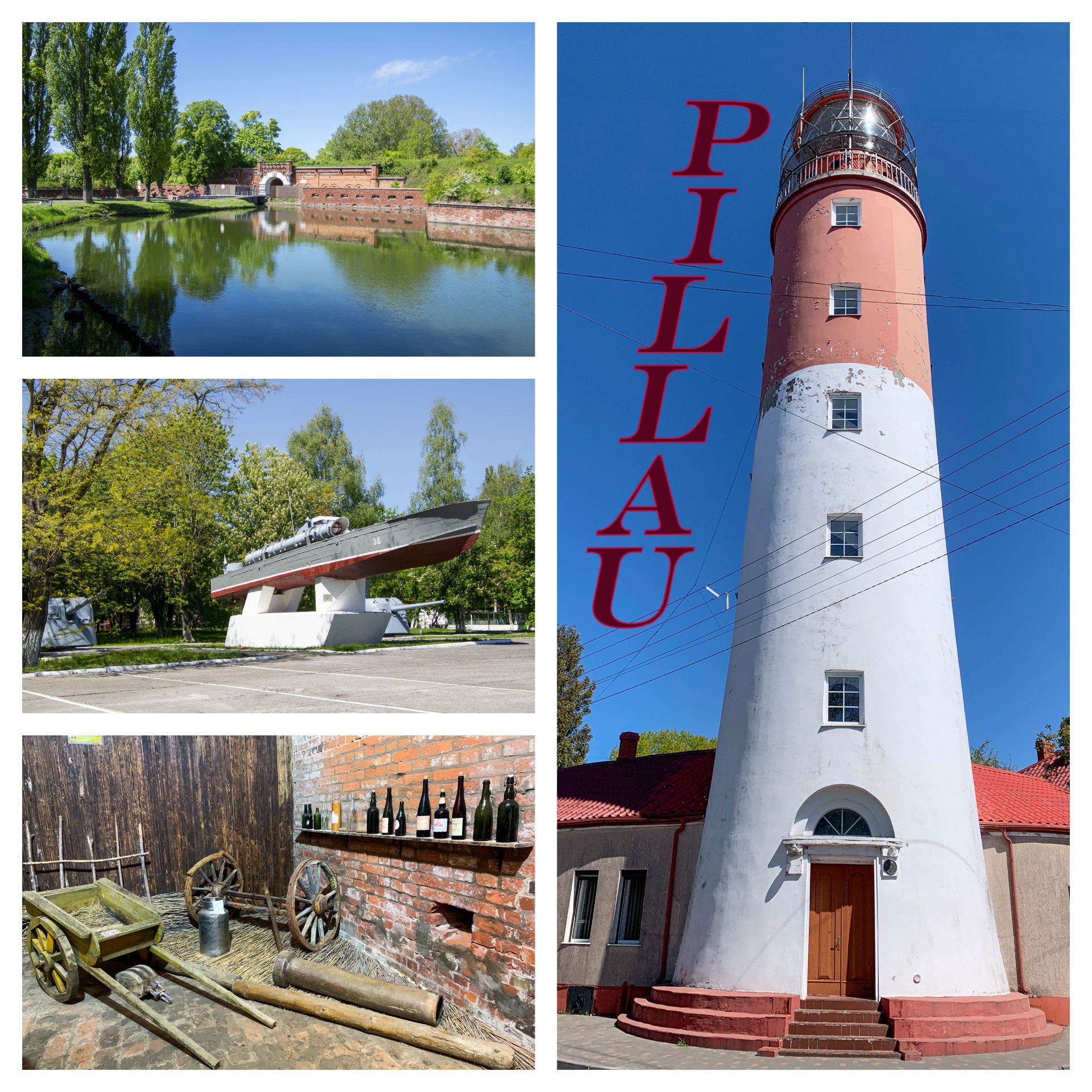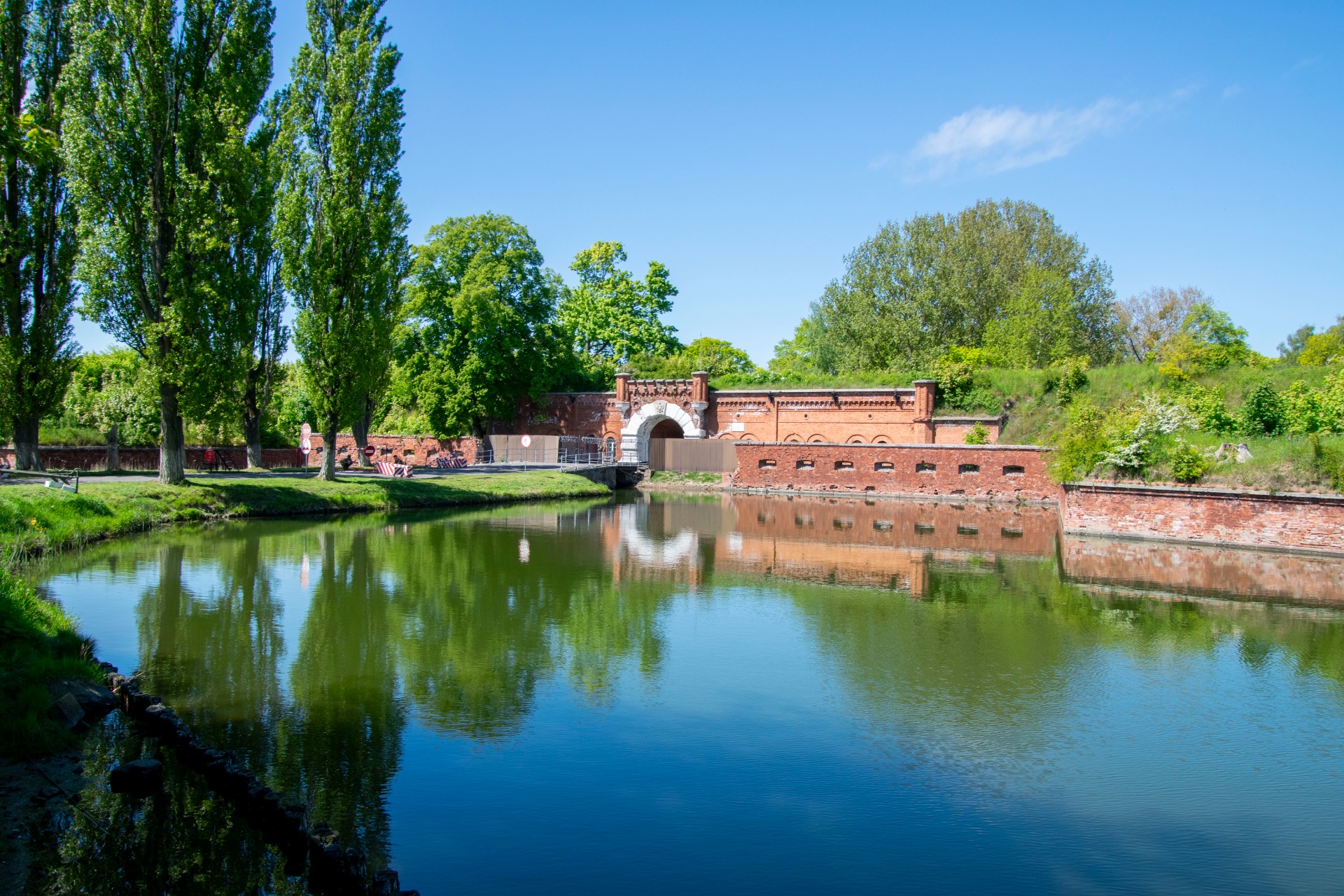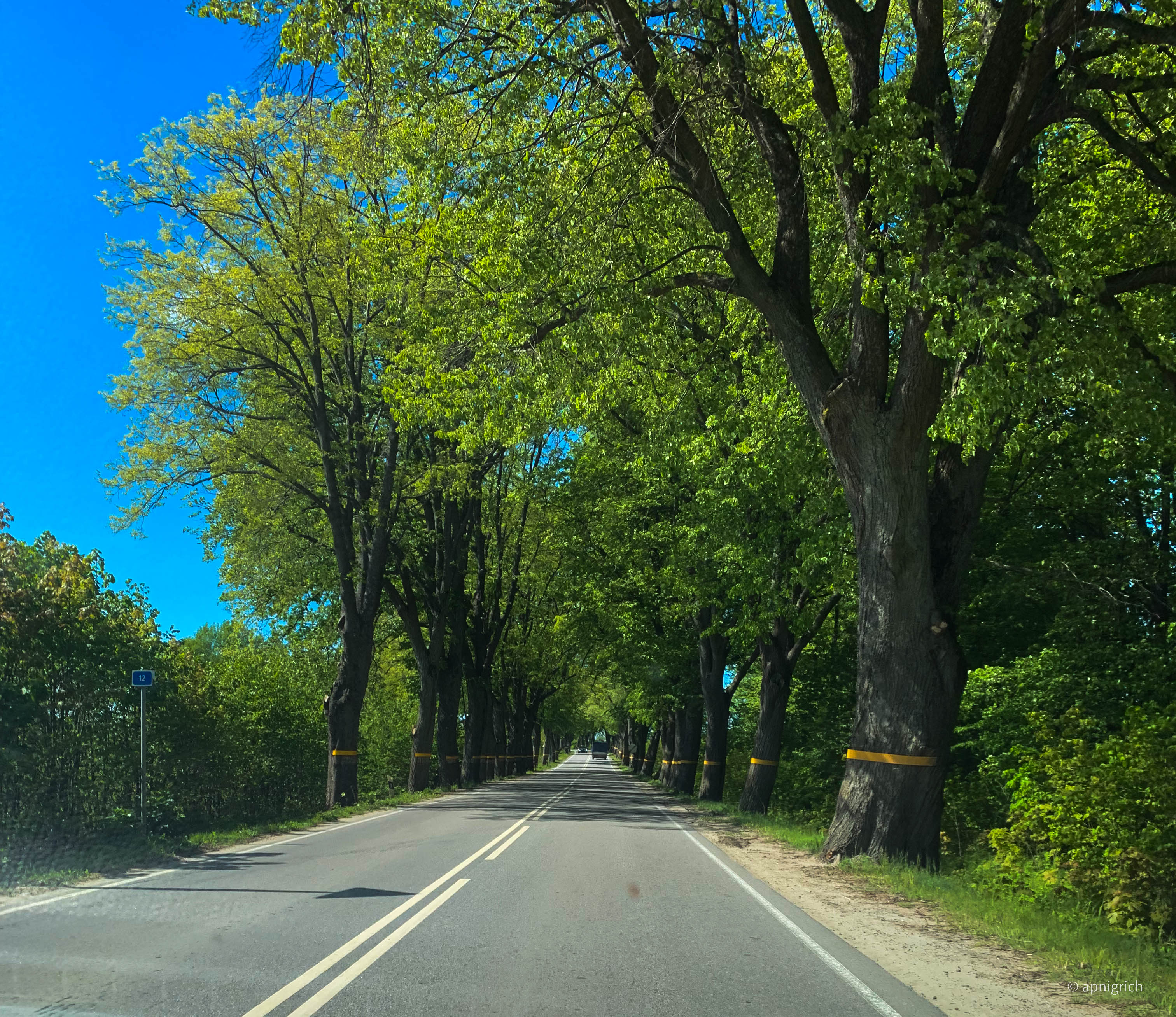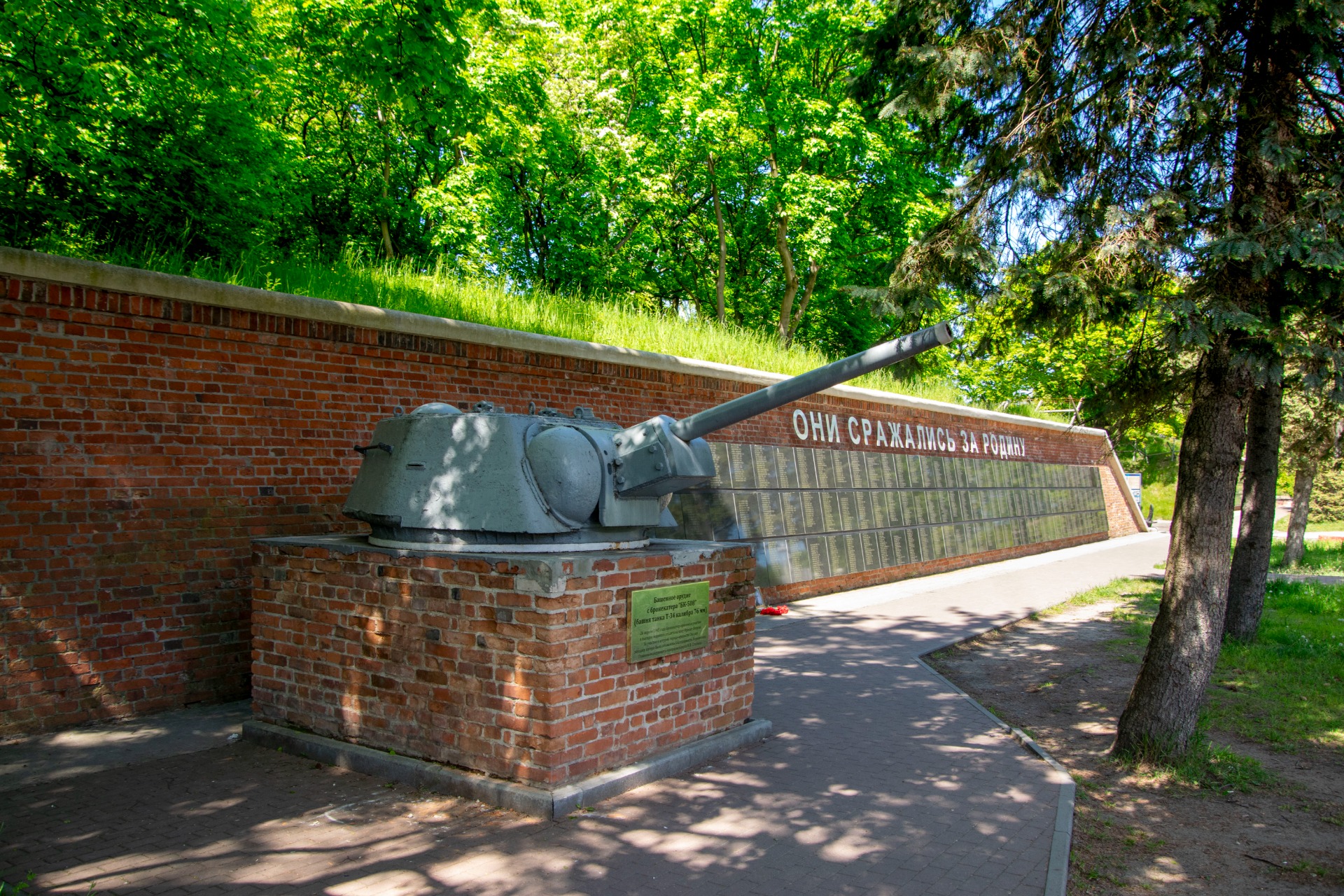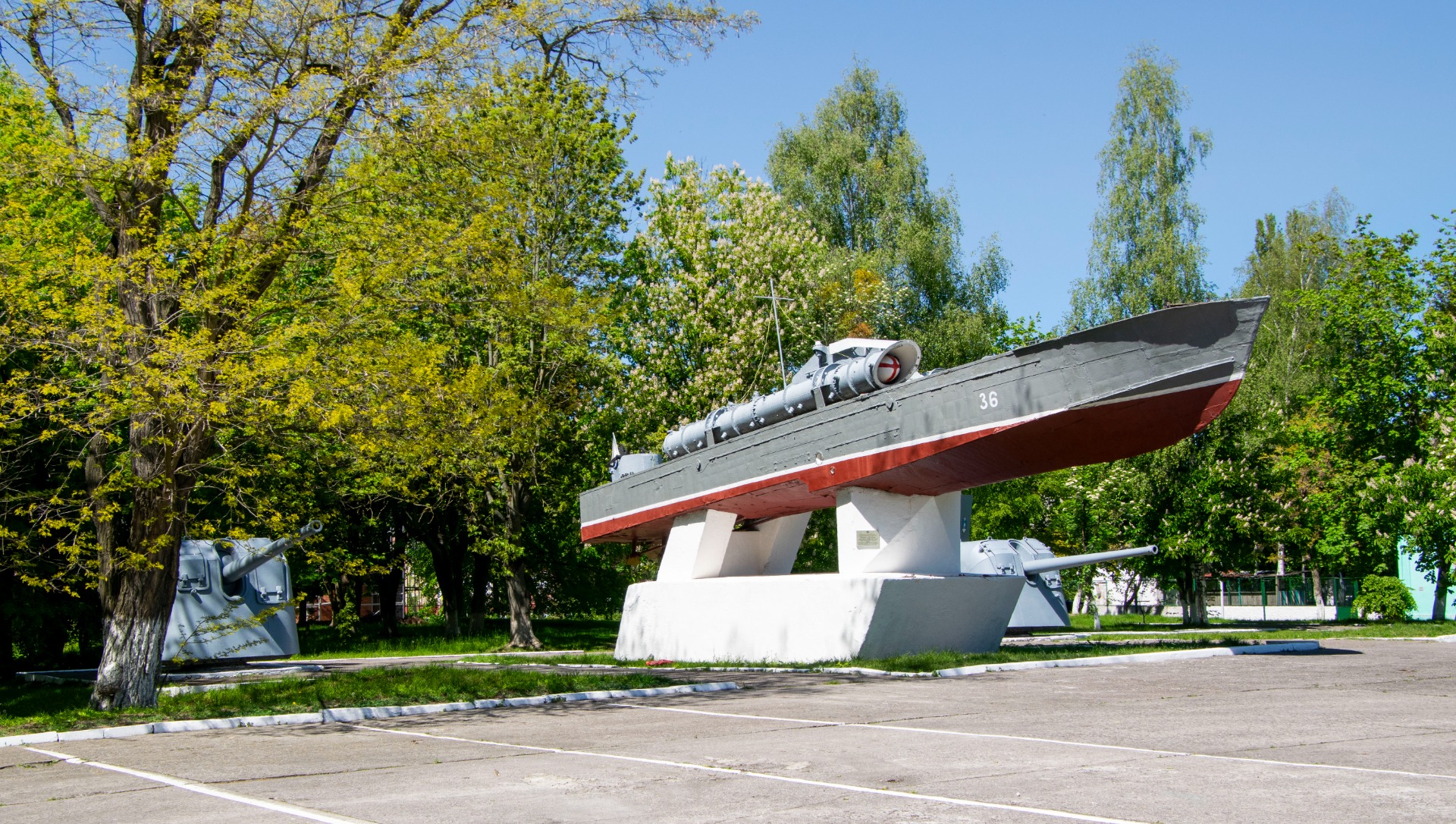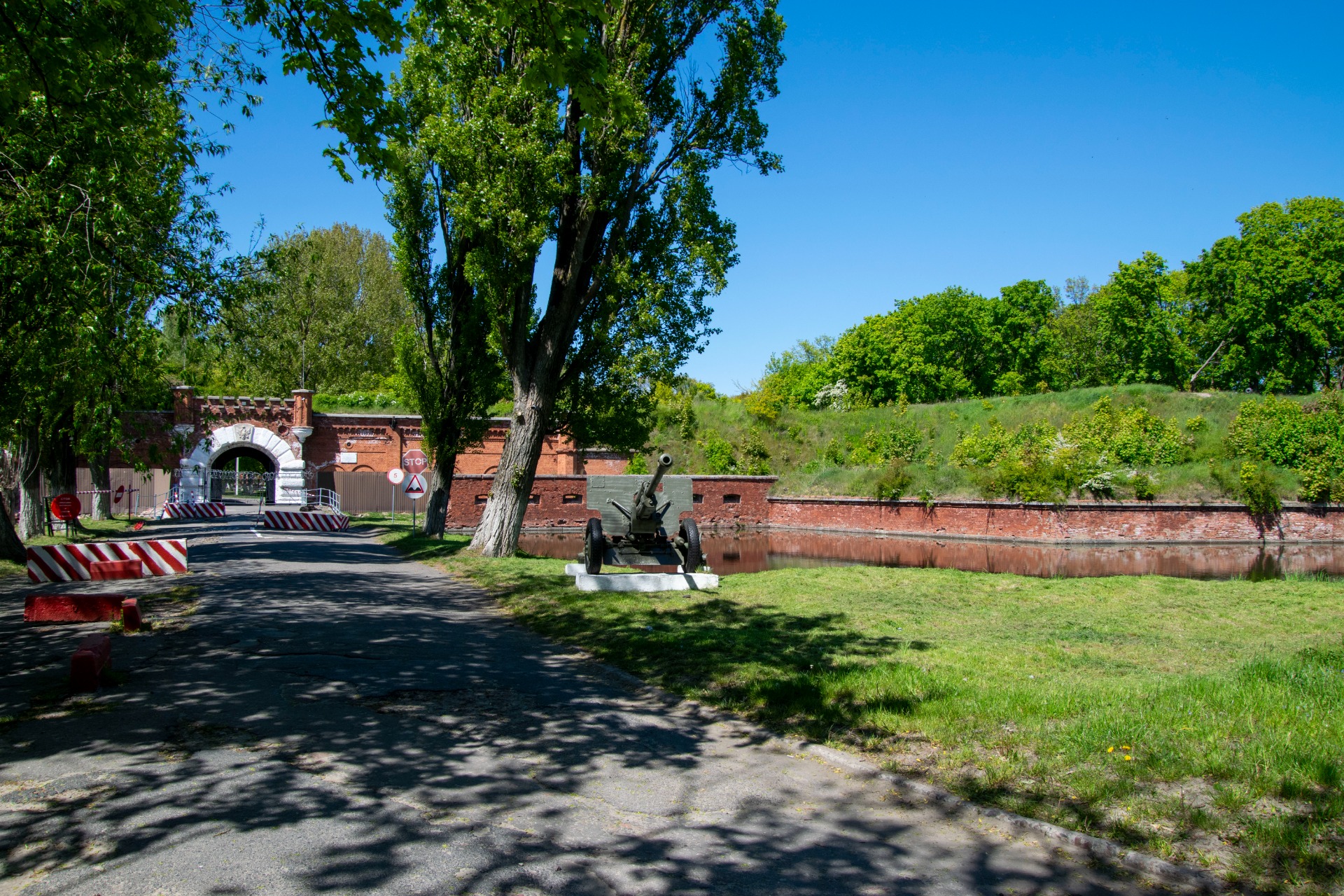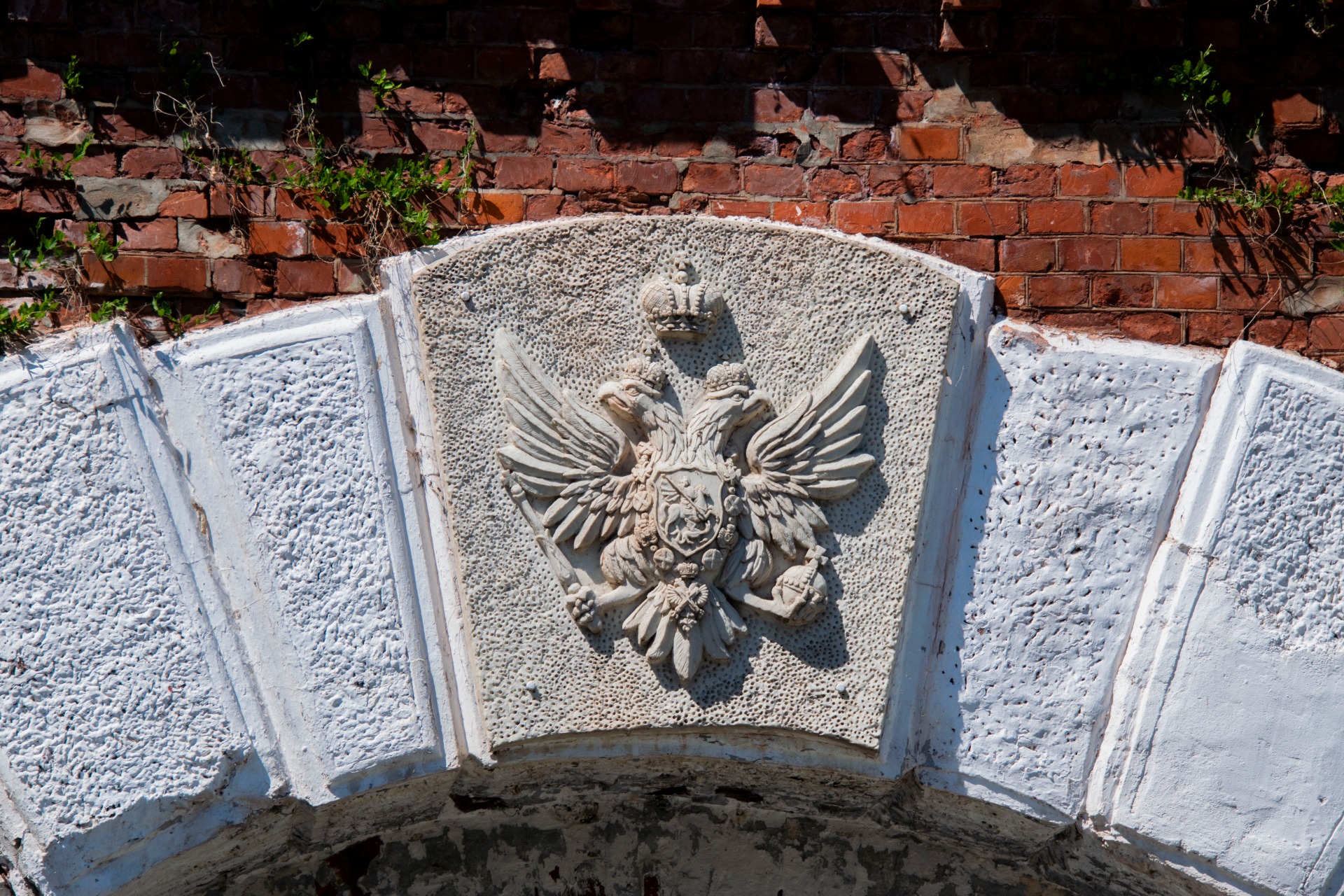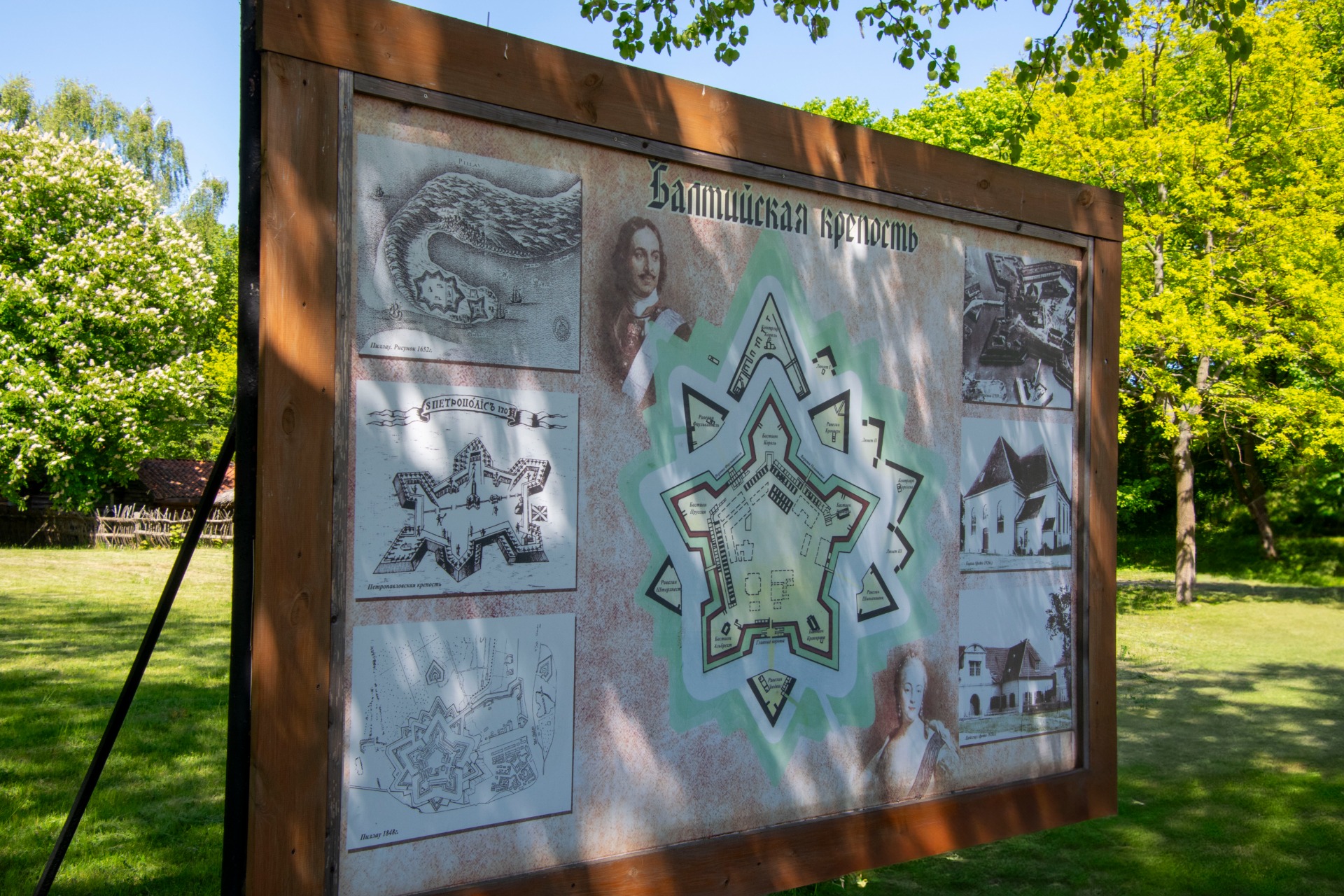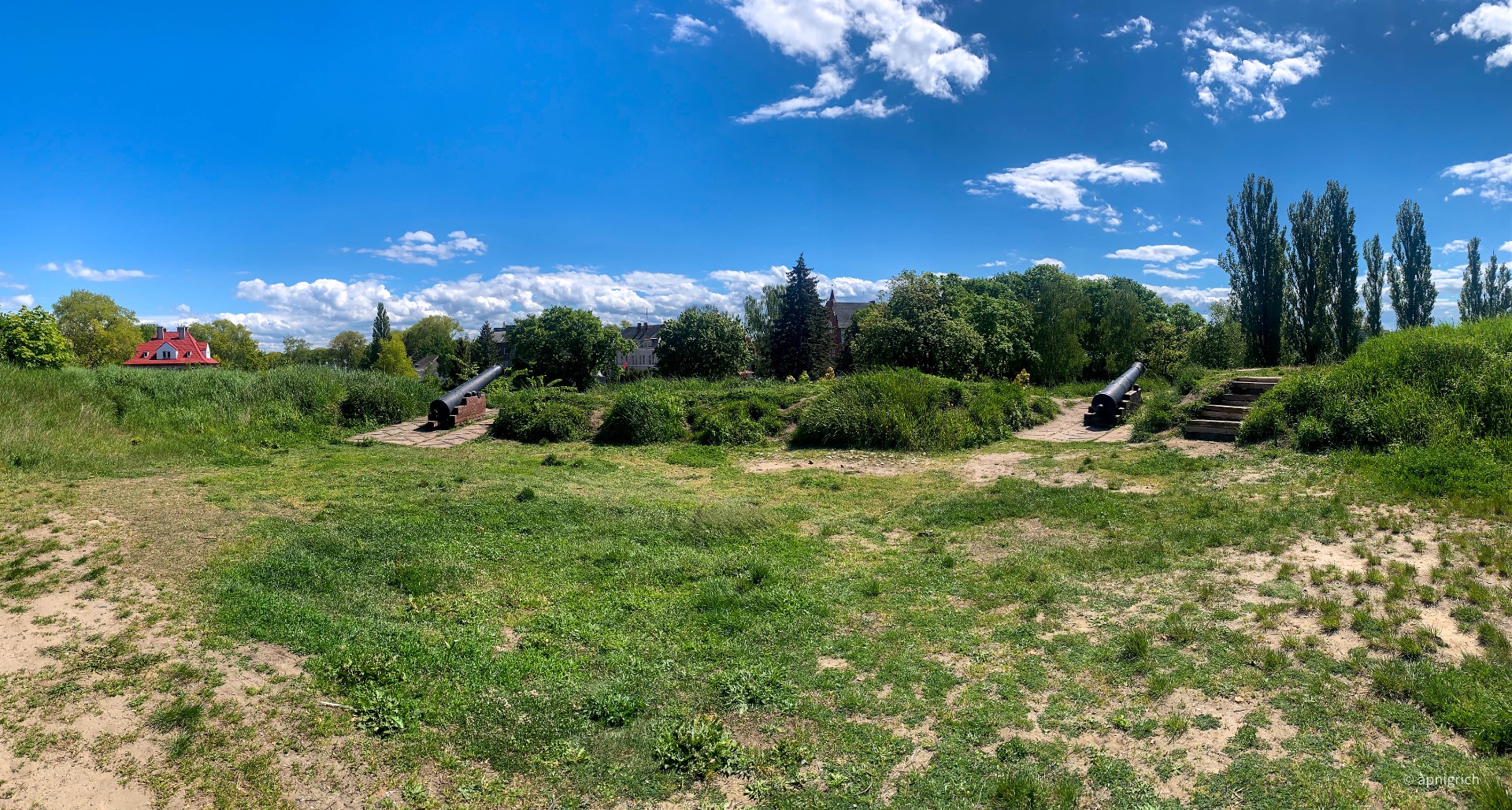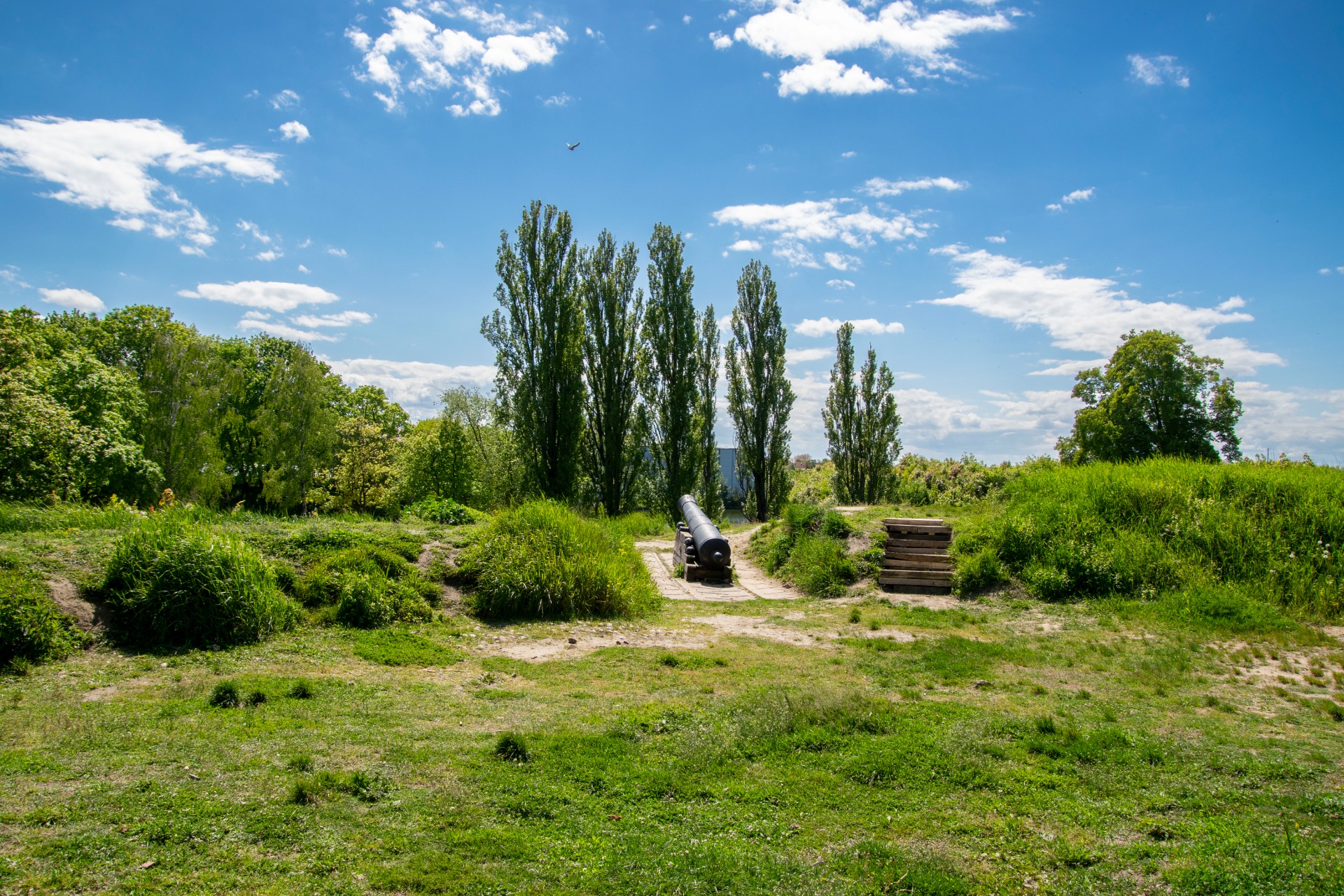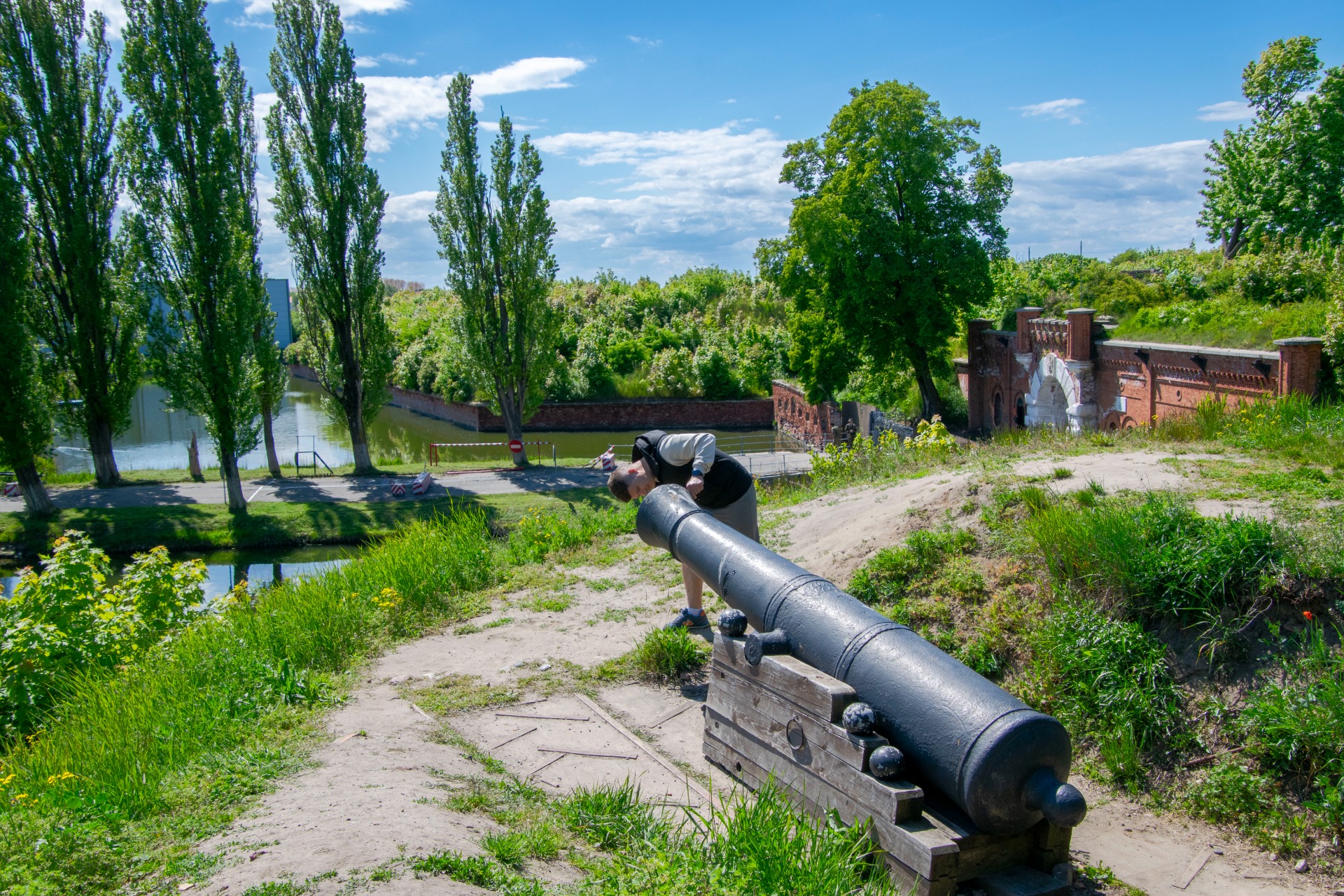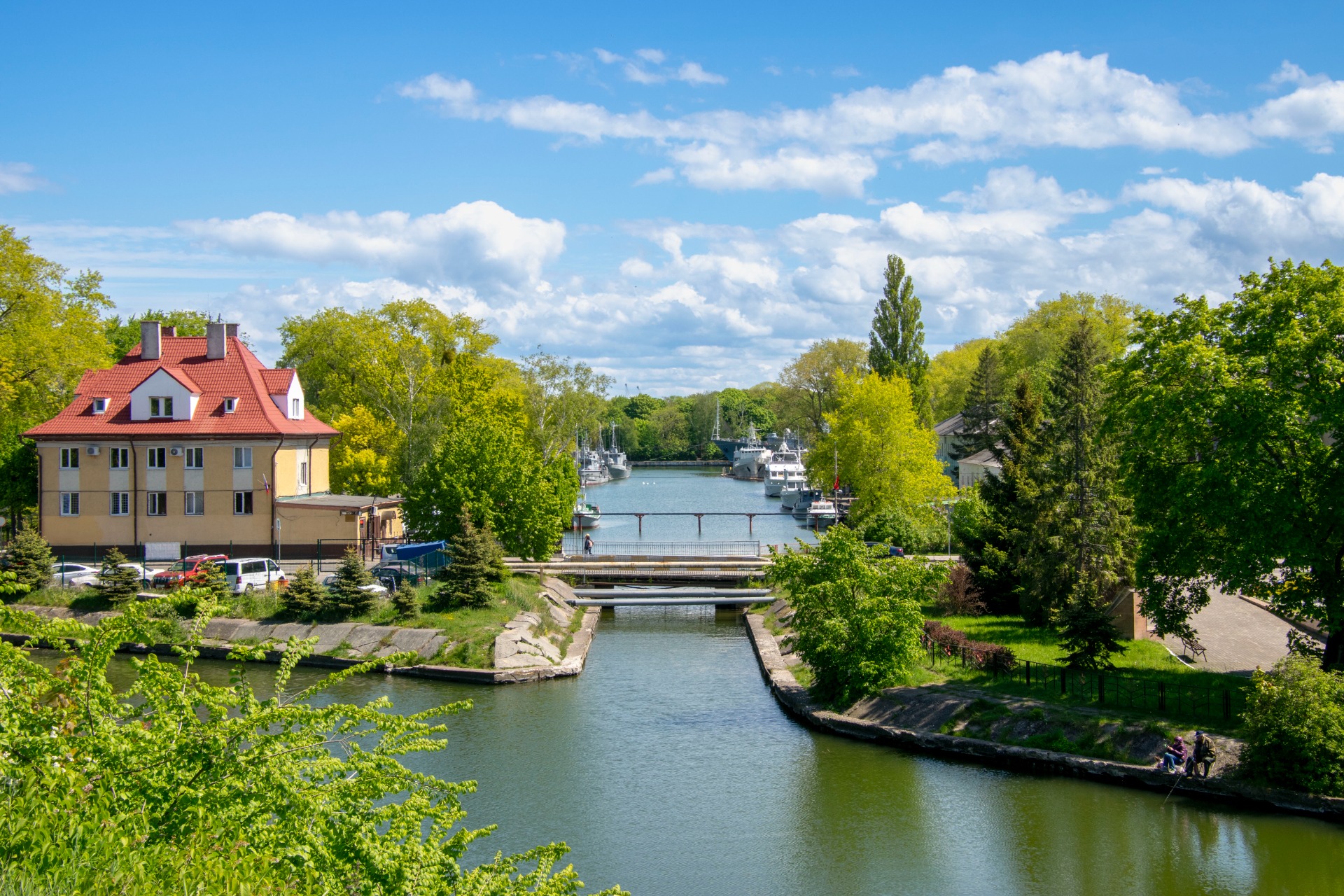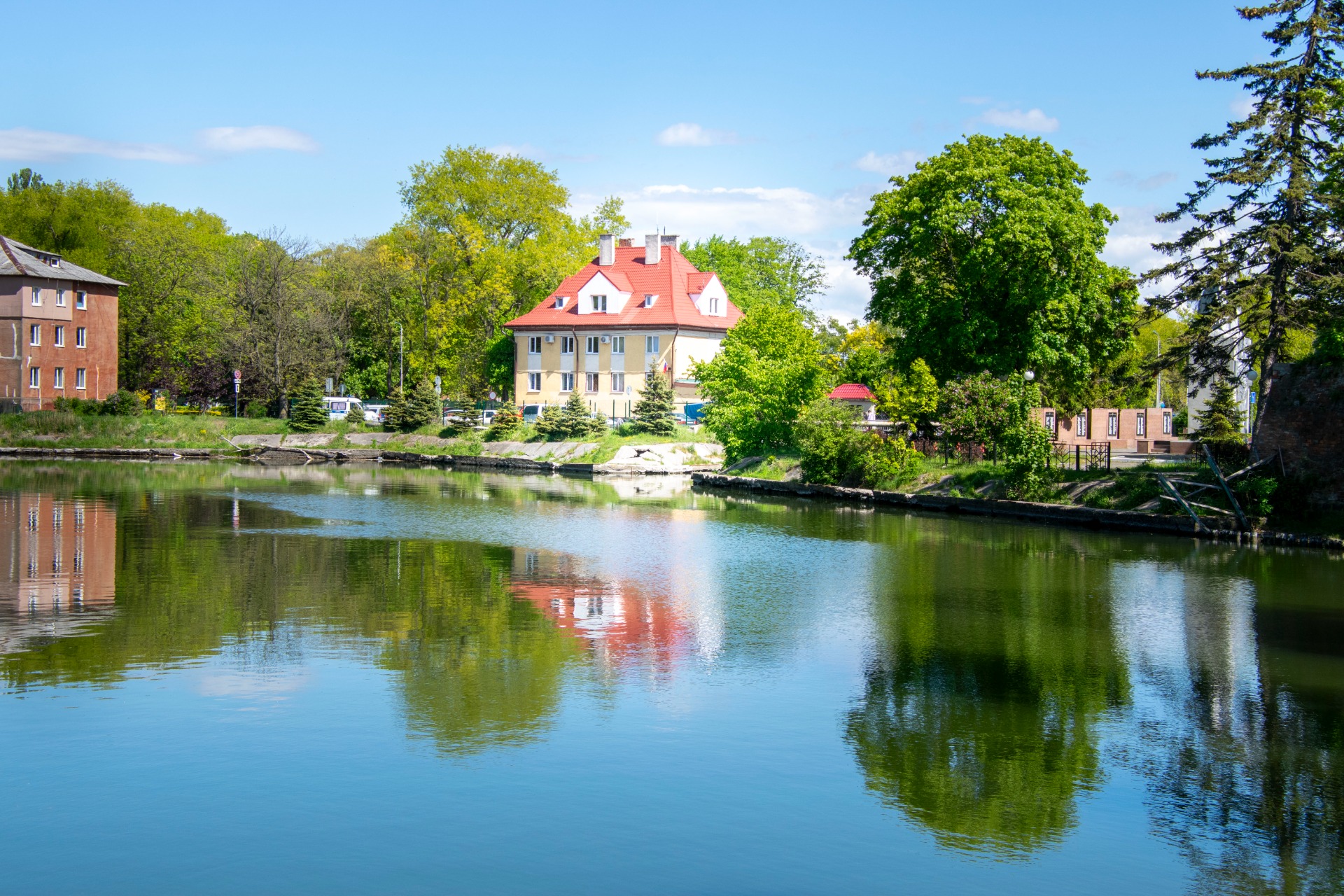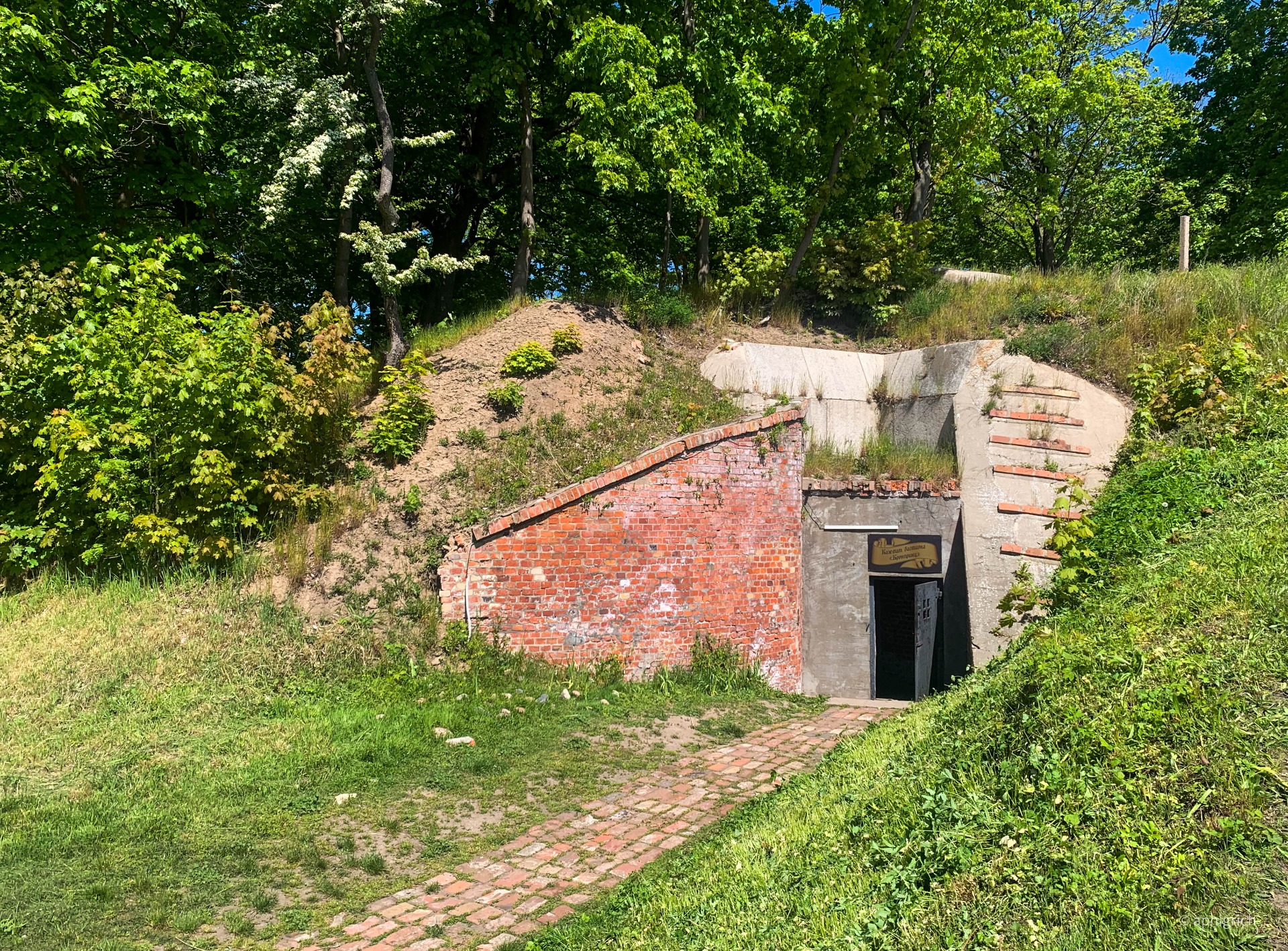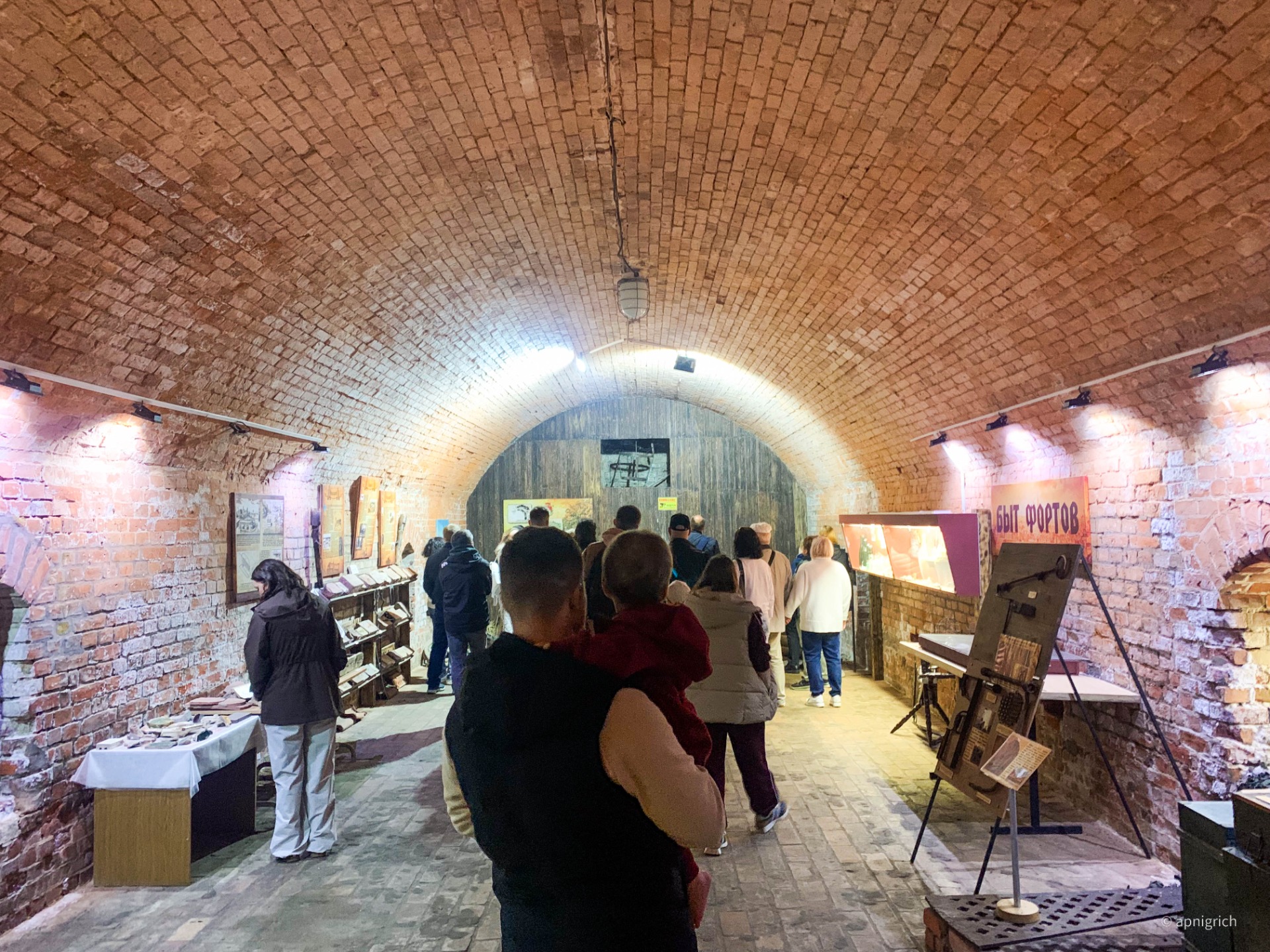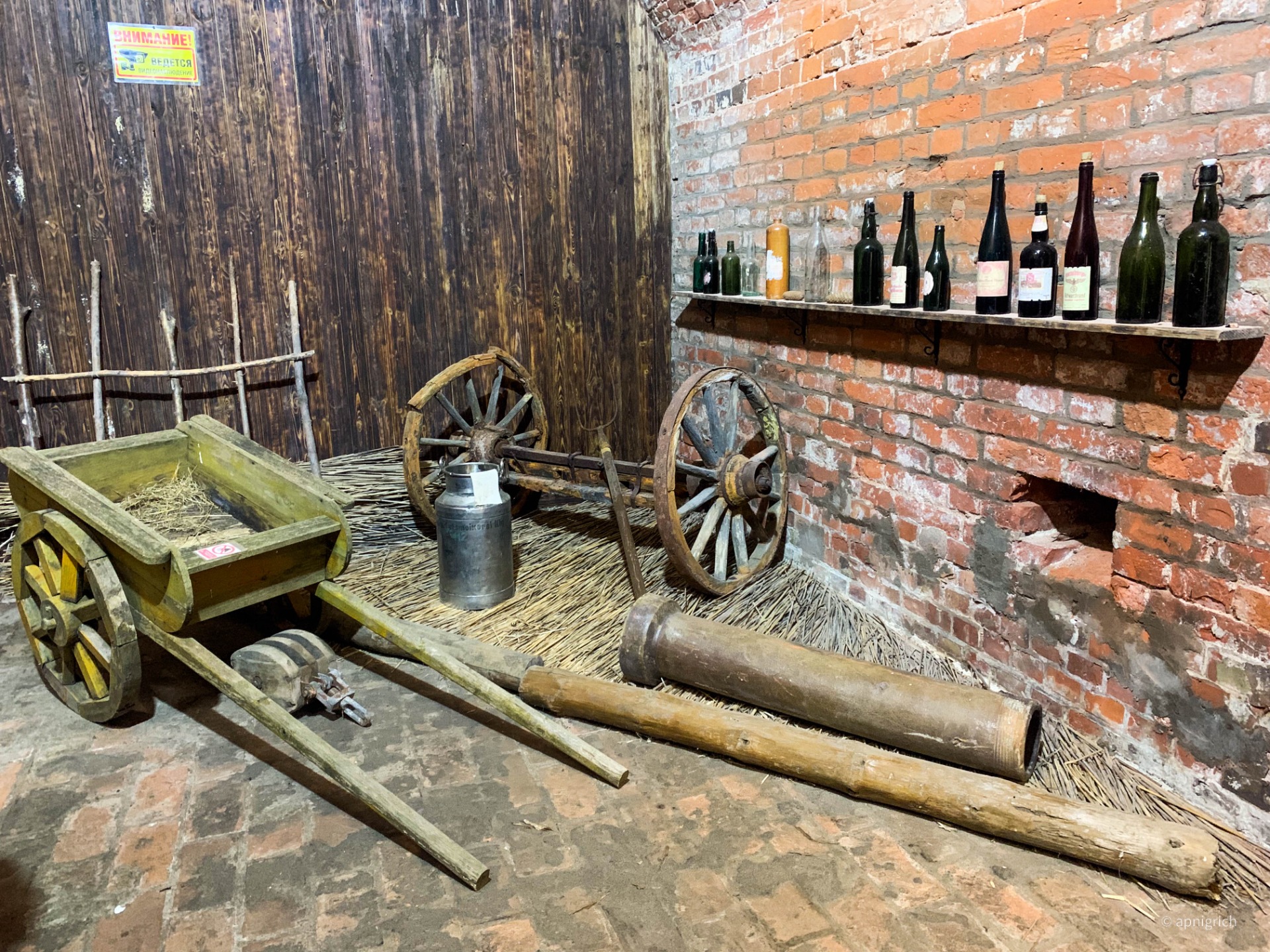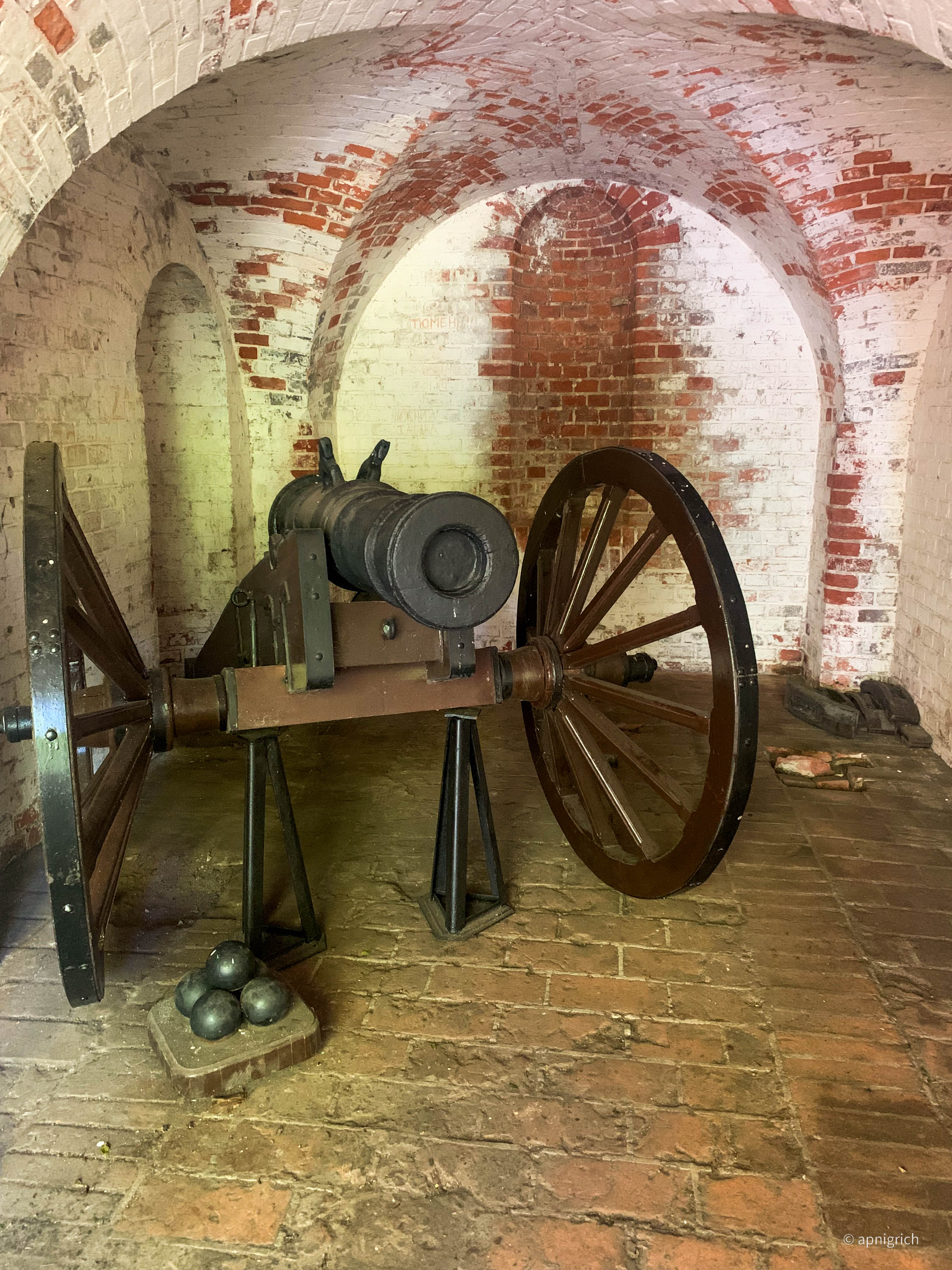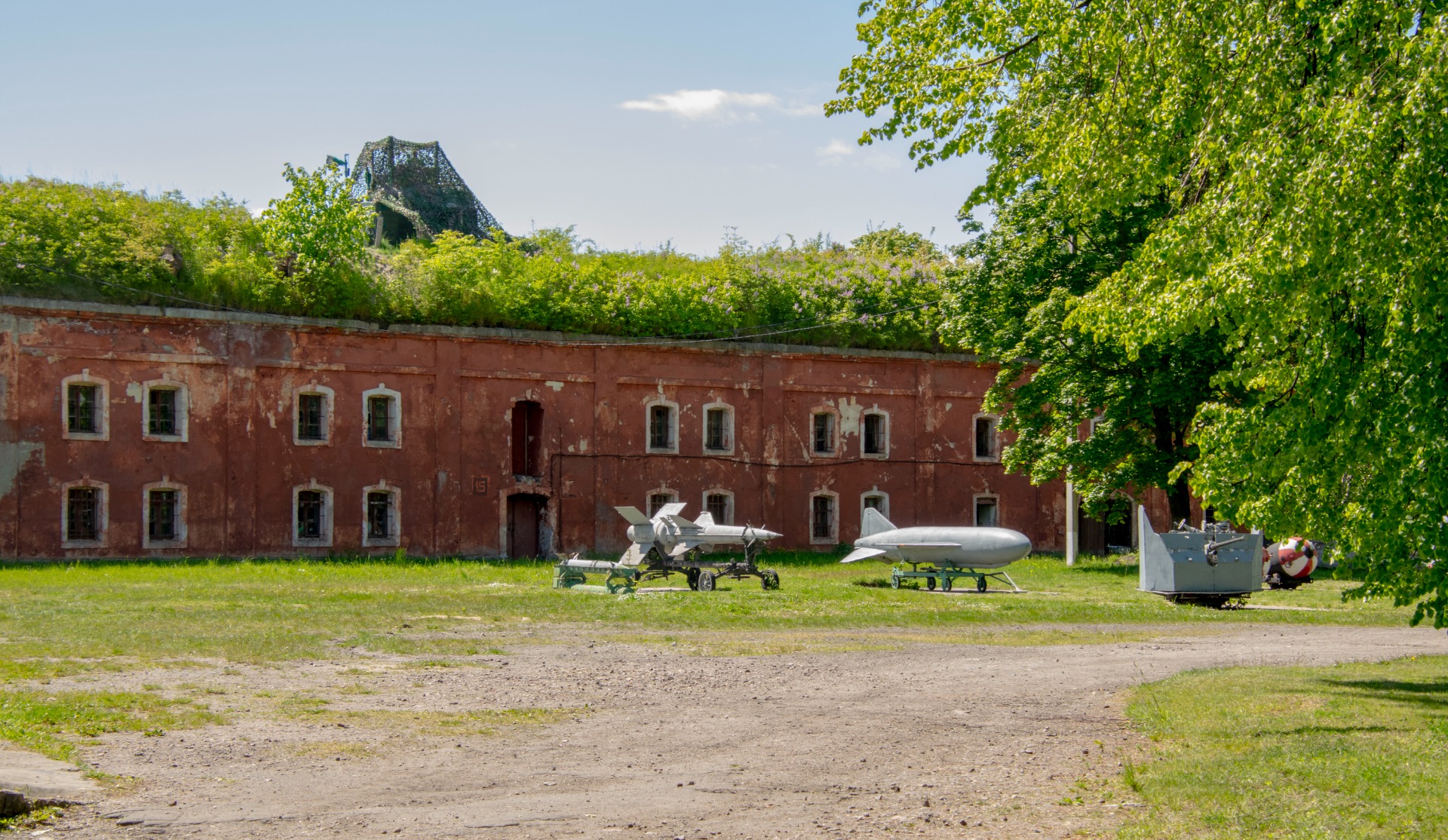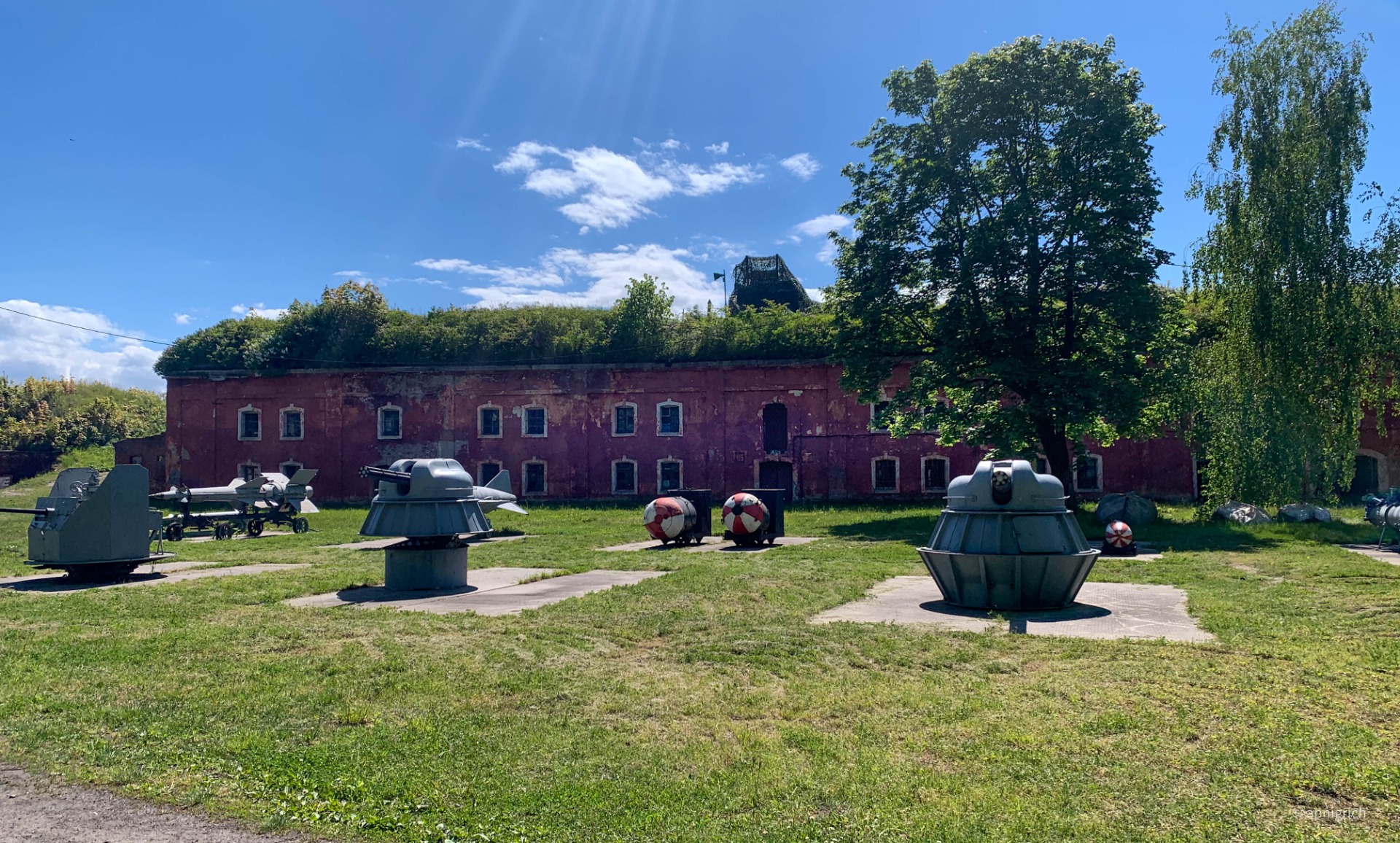Greetings, friends.
On May 21, 2025, I visited Pillau Fortress, which is located in the city of Baltiysk, Kaliningrad region. This is one of the extreme points of greater Russia, beyond which there is no Russian land. This is a Russian enclave that does not have a direct land road to the main territory of Russia.
I didn't want to go into the story, but it's still necessary to clarify what Pillau is.
Pillau was originally a Swedish fortress and was the main defensive structure of the city of Pillau in East Prussia.
Construction began in 1626, after Sweden occupied the city of Pillau. The fortress was built in the form of a pentagon with bastions, a moat and ravelins, which were given their own names. About 10 years after the armistice between Sweden and Prussia, the fortress passed into the possession of Prussia. It was finally built in 1670, but continued to be modernized for another 3 centuries. At the end of April 1945, the fortress became Soviet.
More detailed historical information can be found on Wikipedia.
The last soldiers of the Wehrmacht. That's what people call the big old trees along the roads in the Kaliningrad region. Every year, they take the lives of mostly young people who crash their cars into these trees.
In front of the entrance to the fortress, there is a memorial wall with the names of Soviet soldiers who died during the storming of Pillau in April 1945.
While we were waiting for the tour to start, I took a short walk and went to the town square, which is about 300 meters from the fortress. There is a similar torpedo boat in Kaliningrad near the island of Kanta.
There is still a military unit on the territory of the fortress, and entry is possible only upon presentation of a passport. It is forbidden to photograph military personnel and active weapons. In fact, these weapons are covered with a camouflage net. There are sentries in bulletproof vests with machine guns at the fortress gates.
During the Soviet era, the citadel was closed to the public, but in 1999, a branch of the Museum of the Baltic Fleet was opened here. The central office of the museum is located in St. Petersburg.
By the way, in Soviet times, the city of Baltiysk had the status of a closed administrative-territorial entity, and free access to its territory was closed even for Soviet citizens. Currently, entry to the city is free for Russian citizens, but permission from the FSB is required for foreign citizens to visit. The naval base of the Russian Navy is located on the territory of the city.
The Coat of Arms of the Russian Empire hangs above the entrance to the fortress. By the way, the Russian coat of arms hung here during the Seven Years' War during the reign of Empress Elizabeth Petrovna in 1758.
The tour began with a general overview of the fortress map, and then we climbed the ramparts. We had a view of the city and the bay where the ships were parked. And even the white swans were visible. There were 2 cannons on the ramparts. One of them was a ship, and the second was a fortress, although they seemed to be the same, but there was a difference in terms of affiliation.
The entrance to the casemate of the Crown Prince's bastion. After passing through a long curved corridor, we enter the casemate itself, protected by a multi-meter brick wall and a layer of soil.
Our guide told us that the bastions of the fortress have been explored 15-20 percent, and many discoveries will still be ahead. I think it will be only after the military leaves this fortress. I don't see the point of them being here.
A sundial above the entrance to the barracks.
They are a square with the date of the clock's installation at the top - 1799. The clock is made at a slight angle to the wall, which is made taking into account the western hemisphere. In sunny weather, the arrow casts a shadow on the dial according to the distance from the Earth to the Sun, depending on the seasons.
Our tour ended at the Albrecht Bastion. Work is currently underway there to study the interior of this bastion.
I did not show some details of the tour, so as not to overload this review article with material.
I would like to walk through at least one abandoned barracks, but the guide forbade me from leaving the group because people in uniform might detain me. I'm thinking of showing the details in an article about shadow hunting.
